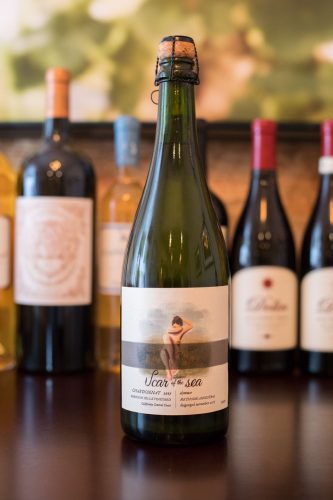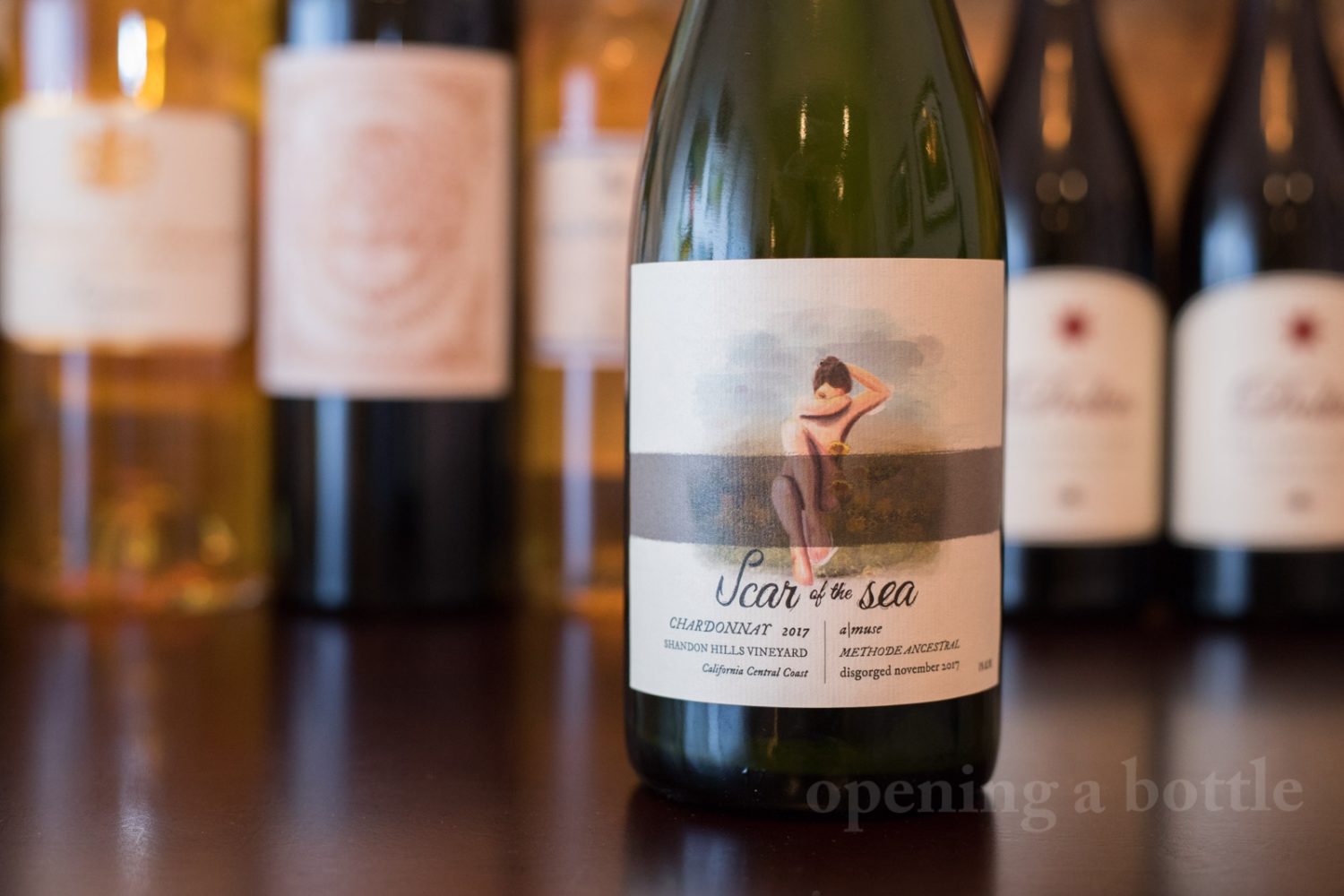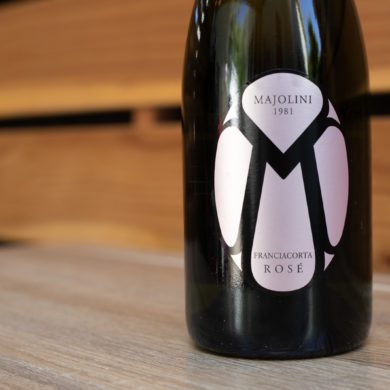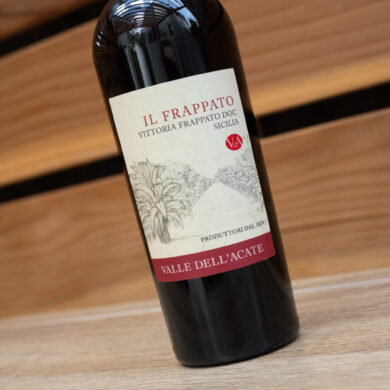No matter how you feel about pét-nat wines (or metodo ancestrale as the Italians call it), it appears that this class of cloudy, slightly fizzy wine is not going away any time soon. From the Loire River in France to Italy’s various Prosecco regions, to select enclaves of hipsterdom in California and Oregon and New York, pét-nat fever has yet to subside. In some places, the wines represent a reboot on tradition.
These wines are often as close to beer as wine gets. They can be sour, bitter, yeasty, cloudy and a wonder for your breath (no, seriously. Do you have a breath mint?). I’m still trying to figure out where I stand on pét-nat. Their success hinges on whether the sweet tones of the grape can counter the inherit yeasty tang that is floating around in there. While some can be outstanding (more on that in the coming weeks), most are merely a curiosity.
A recent tasting of Scar of the Sea’s “a|muse” triggered a game of Opinion Limbo for me. For one, I love this producer’s Pinot Noir, and they have one of the best stories behind the name of their winery (yes, that sometimes matters to me). Secondly, the winery sources only organic grapes and intervenes minimally in their wine. And third, Chardonnay would seem to be ideally suited for pét-nat given its track record with another bubbly beverage (the one that rhymes with Thampagne).
However, this wine was not what I expected at all. The fruit tones were overwhelmingly sour, inducing a puckering tinge of green apple-, grapefruit- and pumpernickel-like notes.
Another aspect of pét-nat wines which startles a palate that is accustom to Champagne and Prosecco is the action of the bubbles. They often feel looser and less energetic. On “a|muse,” the bubbles seemed downright stoned. The quirky flavor profile could have used some bubbly vigor to energize the palate, but instead, I was left with a herbaceous, somewhat lethargic wine that probably would have paired well with a big, fat joint (if I was into that sort of thing).
Let me be clear: The wine was not flawed. It just wasn’t to my liking. I will try anything once, and often I will try it again. I have such a high level of respect for Scar of the Sea because of their Pinot Noir that I’ll come back to this wine another time and see how it feels. After all, with natural wine comes a high degree of vintage variability.
2017 Scar of the Sea “a|muse” Shandon Hills Vineyard Chardonnay Methode Ancestral

Central Coast, California
Grapes: Chardonnay (100%)
Alcohol: 11%
Rating: ★★★★ (out of five)
• Food-friendliness: Selective
• Value: As Expected
Tasting notes: As an objective critic, there are moments when you catch the tiny voice in your head saying “I want to like this wine.” That little voice was present during this wine tasting, as I admire Scar of the Sea’s Pinot Noir and would love to see more producers in California make those wines in that fashion. But with this pét-nat of Chardonnay, I couldn’t get over the degree of sourness in the fruit tones. Yes, it is a natural byproduct of the process, and to some, it may be enjoyable, but to my palate, it was overbearing. Aromas recalled sour green apple, grapefruit and pumpernickel bread crust. Very mellow bubbles, a nice bitter touch on the finish.
Something about this wine makes me want to review it again at a later date to see how it shows (such as the recommended pairing below, which I’m only thinking of now). Wine is a dynamic beast, ain’t it?
Recommended with: I would abandon the wine-pairing playbook here and pick up the beer-pairing playbook. Thinking about it now, it would have probably shown better with a bison burger covered in carmelized onions.



